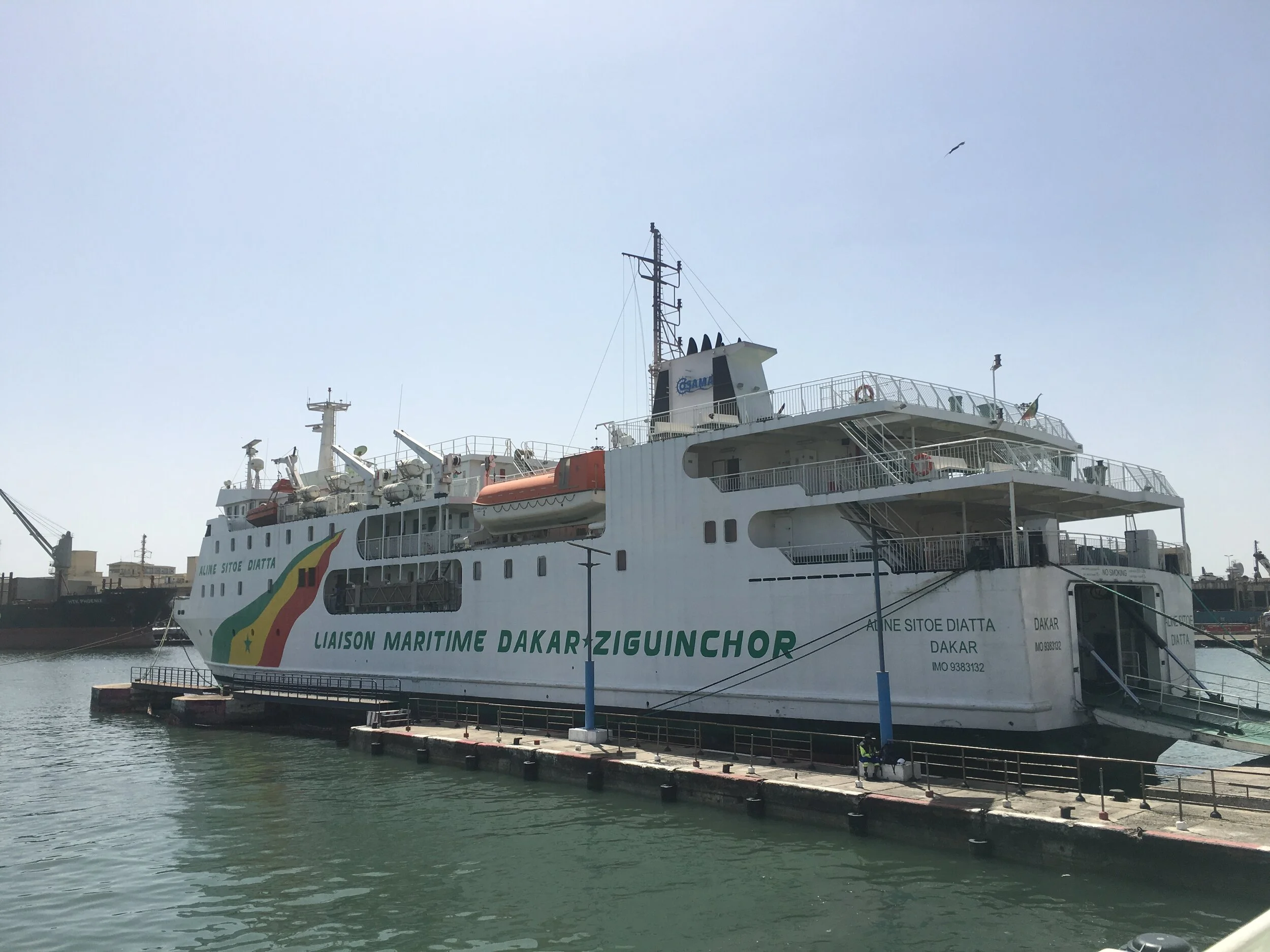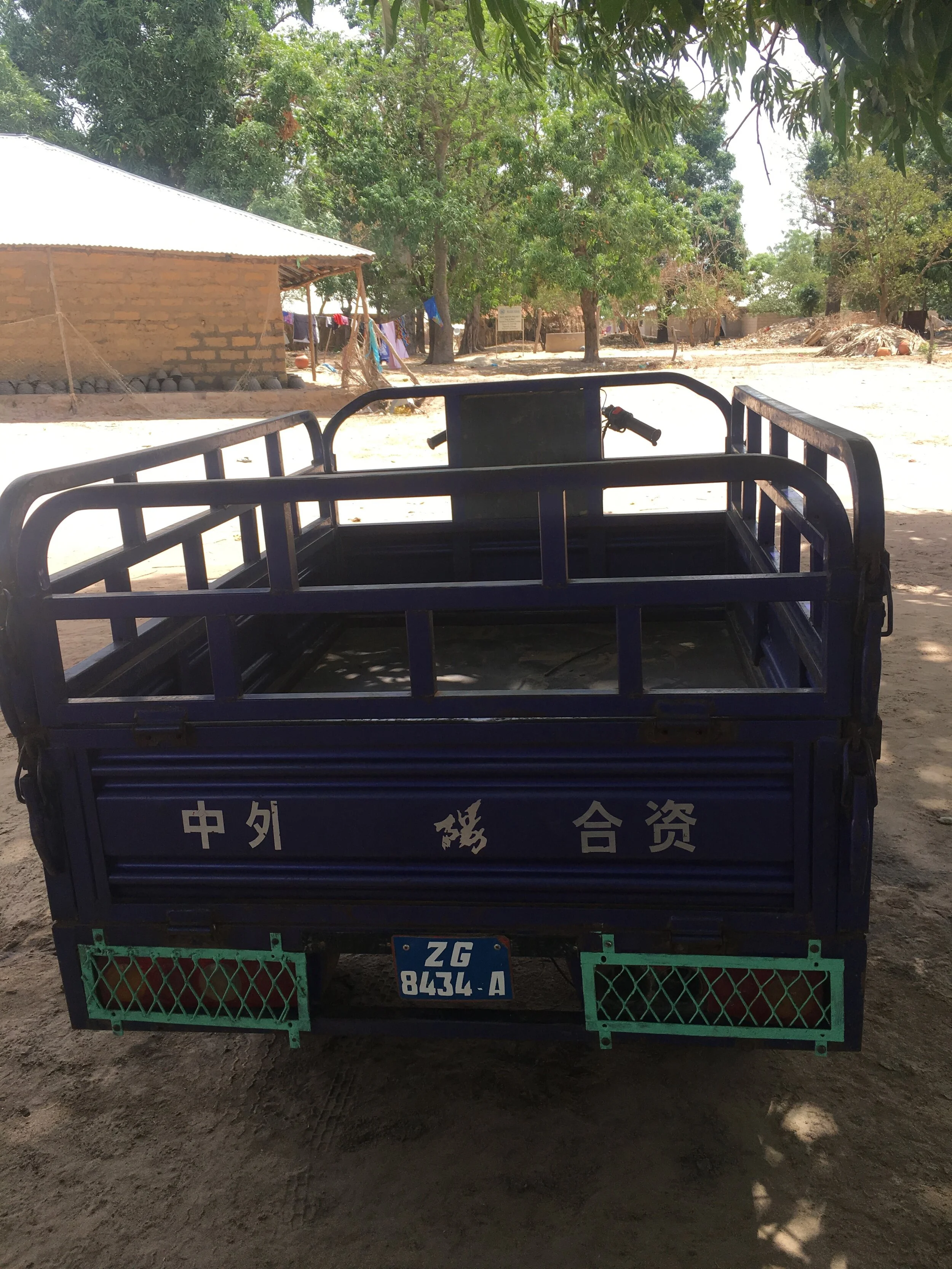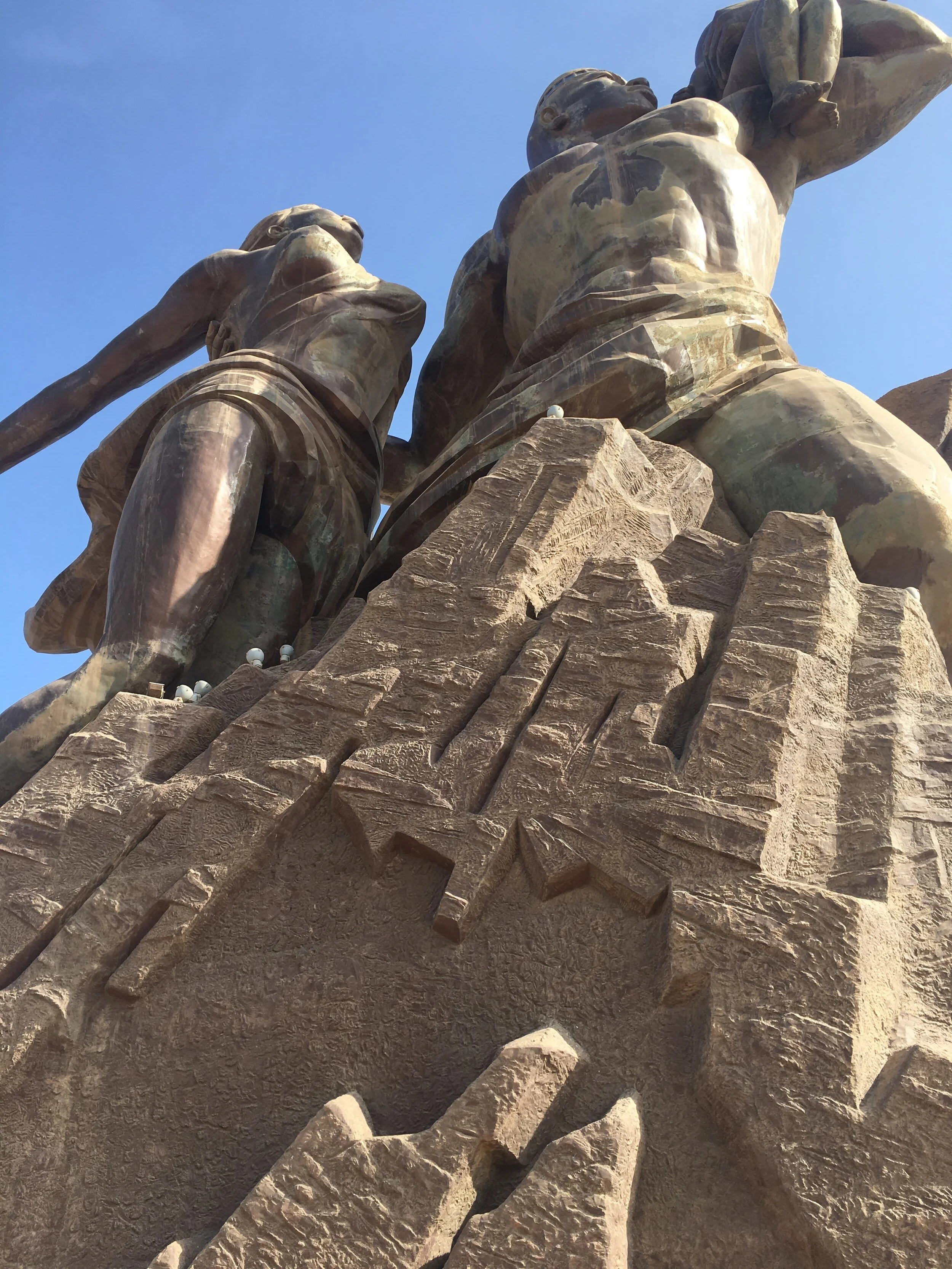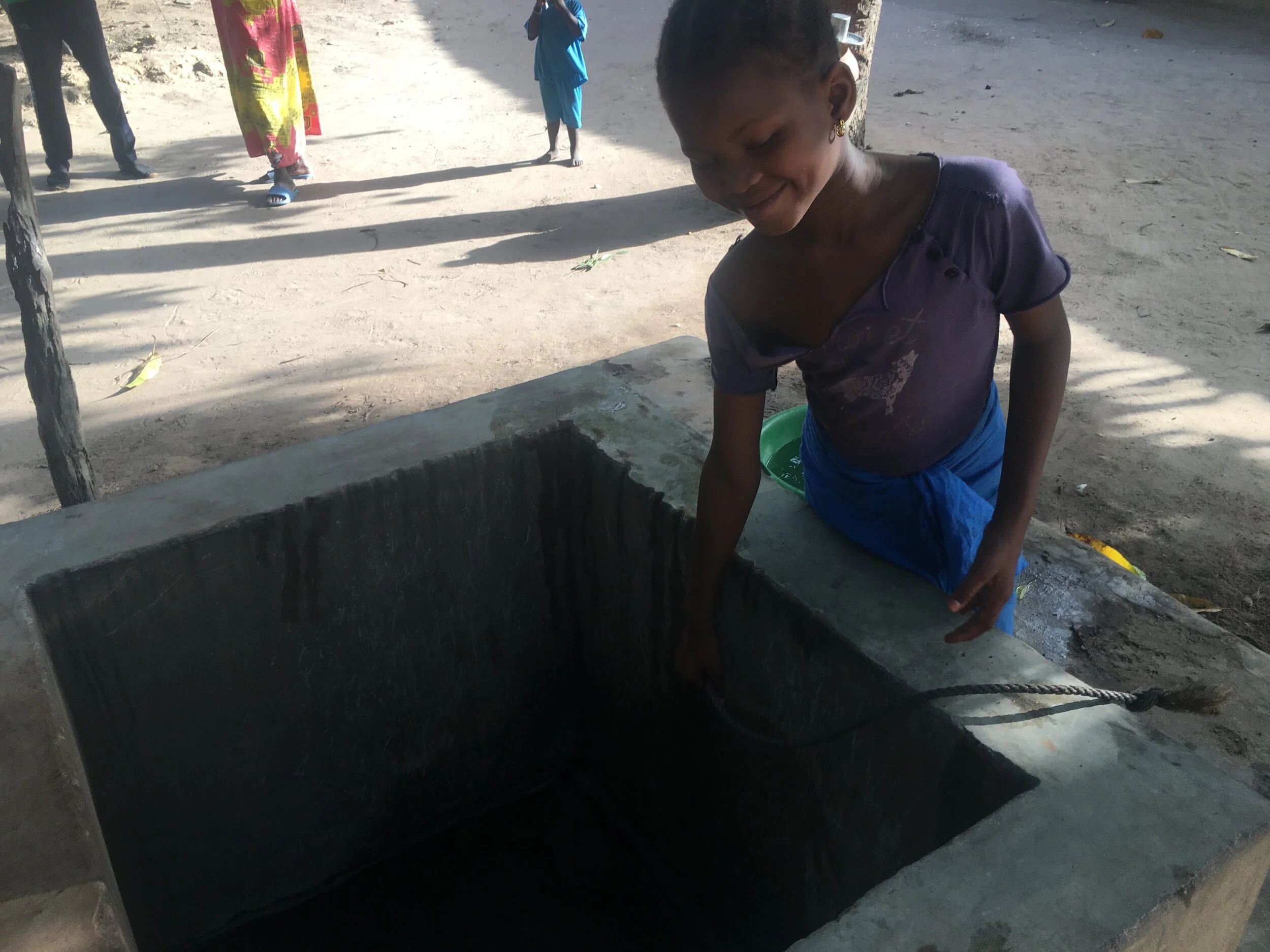Île de Gorée
Getting to Île de Gorée, a small island off the south coast of Dakar, was the first major backpackers hump we’ve experienced on this trip. I lobbied heavily not to leave our packs at the hostel all day, which would require a 90 minute round trip to get them at the end of the day it didn’t make logistical sense to me so we packed up our stuff and hailed a cab. I didn’t cover my backpack on the dusty cab ride from the hostel to the embankment and it got blackened in the trunk which was unpleasant. I know better than to not cover my bag in transit. I usually use my rain cover but for some reason didn’t. You are presented lessons again and again until you learn them properly.
The cab was an old Camry with dents up and down the bumper and sides. My window didn’t roll down and the rubber window seal was falling off in my face. The ceiling, too was falling down and when I tried to roll it up a bunch of debris fell into my eyes. It was 9 a.m. and my day was starting out sweaty and dusty. We drove passed the African Renaissance Monument that was designed by a North Korean. It initially featured a bare chested woman, but the conservative Senegalese thought it improper and she now wears a cloth over her breasts. It’s twice as tall as the Statue of Liberty and looks very Stalinistic on the hill over looking the city.
We drove past the beach and the lighthouse-turned night club, which we didn’t have the opportunity to visit. We drove past the embassies and rows of merchants selling paintings and souvenirs. We arrived at the ferry terminal and were immediately inundated with a swarm of men wanting to sell us their services. Megan spoke to them in French while Chris and I stood around. Our driver was confused because we had originally asked him to stay because we were originally going to go to the train station to drop our bags but he had taken us straight to the ferry terminal.





One of the guides helped us find the counter to redeem our code for our tickets but then hung around. The man sitting next to me who was from Casamance and was meeting his son and daughter-in-law who were coming for one month from France, told us we didn’t need a guide on Gorée. I asked Megan to tell him we didn’t need his services. There was a man with a dolly who wanted to charge us 10,000 francs to watch our bags which seemed crazy to me and I said we would find a better the solution.
The better solution was the luggage drop off for the Casamance ferry where we could keep our bags in the corner for free all day and pick them up or check them into the ferry hold any time before 7 p.m. Now that we had our ferry tickets and deposited our big back packs it was time to catch the 11 a.m. boat to Île de Gorée. Tickets cost 5,200 francs, or about $10 for a round trip ride to the former slavers island. On the boat Megan spoke in French to a group of Islamic high school girls who were on a field trip. I spoke to Mohammad, a sand painter with a British accent who lived in the Golf neighborhood on the North side of Dakar but commuted to the island to make and sell his art to tourists.
The island is home to a variety of sheep, pheasants, stray cats and cows. The residents live in a variety of dwellings including former WWII fortresses half underground. There are rusty cannons and artillery and a military fort from the 1800s turned history museum. Most of the residents are either farmers or sell handicrafts and art or work in hospitality at the various restaurants and guesthouses on the island.
The Ford Foundation has donated money to restore the Maison des Esclaves and the mansion across the street that were former residences and store houses for human cargo heading to the New World during the triangle exchange of the tras-Atlantic slave trade. Over 300,000 West Africans (the majority being women and children) bound for slavery in the Americas boarded ships on Île de Gorée to start the difficult and horribly uncomfortable journey.
Both Bill Clinton and Barak Obama have visited the island and spoken out about the horrible legacy of slavery in America, but the truth of it is, there are more slaves today than there have been at any other time in history. Between sex trafficking and forced labor, it might look different and more invisible, but the reality is there are still millions of people on the plant who are not in control of their own destiny.





